When it comes to making a kitchen look more customized, trim and panels are two details that shouldn’t be overlooked. Here, designers share everything you need to know about incorporating them into your space.
Installing new kitchen cabinets seems like a simple enough renovation until it doesn’t. You might know what kind of fronts you want, the color you’re leaning toward, and even if you prefer them to be inset or frameless, but the details don’t stop there. When it comes to making your kitchen look and feel totally personalized, trim and panels are important factors to consider, too.
If these features are unfamiliar to you, never fear—they’re actually quite straightforward. Trim, otherwise known as molding, is composed of the ornamental pieces that sit above cabinets Panels, on the other hand, are slabs that typically match the cabinet fronts and are placed on the ends of cabinetry, and sometimes against an island or an appliance to create a more cohesive look.
Designers are divided on whether or not these components are truly a necessity—but they’re something worth considering as you approach your renovation. Here, experts share everything you need to know.
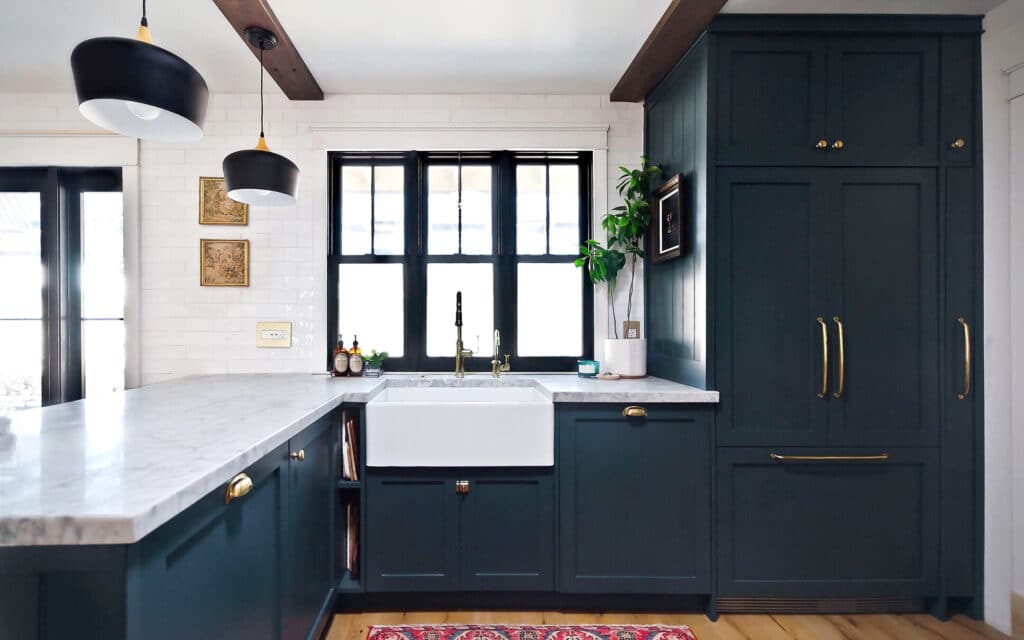
Photography by Margaret Wright, design by and home of Tyler and Jessica Marés, Renovate108
When to Consider Trim
Do your kitchen cabinets need trim? “It all depends on what style of kitchen you are designing and how much ceiling height you have,” says New York-based interior designer Rozit Arditi of Arditi Design. If your cabinets stretch to your ceiling, you may prefer to use crown molding, which connects them directly to the ceiling, or an inset panel, which mimics the look of a cabinet front and also helps connect a cabinet to the ceiling.
The design of your kitchen is also an important factor to consider when weighing your options. Maryland-based architect Cathy Purple Cherry of Purple Cherry considers them a must-have in most cases. “If kitchen cabinets were to exist on their own without connection to running trim or ceiling grids, they would simply appear as boxes. The more detailed the millwork, the more the house becomes a home,” she says. “Trim is non-negotiable, with the exception of a very modern kitchen, when a more linear and boxy aesthetic is desired.”
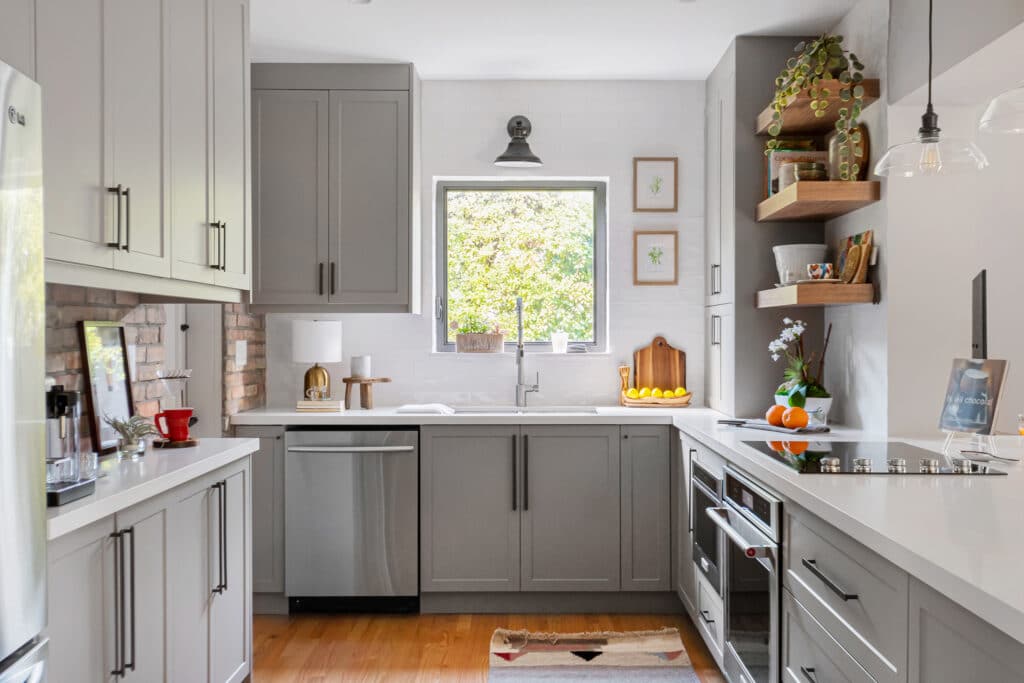
Photography by Gabriel Volpi, design by Francis Domínguez, Founder/Designer EFE Creative Lab
Massachusetts-based designer Liz Caan agrees that skipping trim and opting for a simpler option in modern kitchens can sometimes be the best decision: “A flat panel can be very sleek in a high-gloss finish or it can be very organic and simple when executed in a wood with a beautiful grain pattern.”
Compared to trim, toe kick is a more necessary component of kitchen cabinets: It’s a recessed panel that sits between the bottom of the lower cabinets and the floor. “It allows you to stand a bit closer to your work surface on top, and it also helps protect the base cabinets from getting damaged and makes them look more complete overall,” says Texas-based interior designer Shannon Eddings.
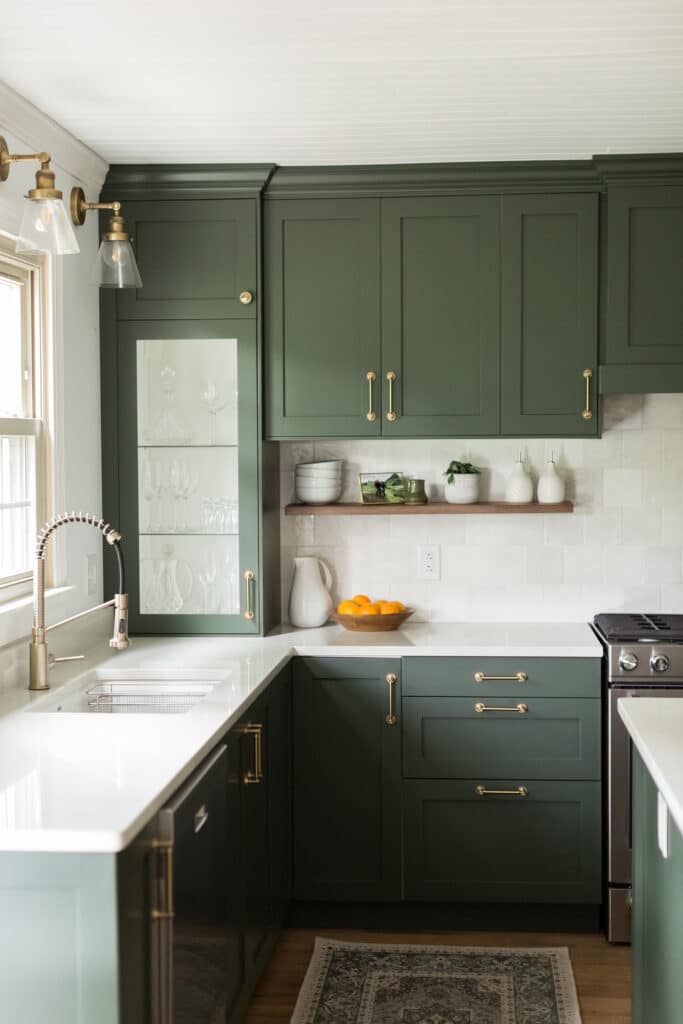
Photography by Lindsay Campbell Photography, design by Lindsay and Tyler Campbell
When to Consider Panels
The purpose of kitchen panels is to unify the look of a space—but they may not be necessary everywhere. Arditi loves using panels on a kitchen island, either in the same color as the space’s cabinets or in a complementary tone, but doesn’t always use them near appliances. “If it’s a more traditional kitchen, I like the stainless steel look but if it is a more modern look, I love a paneled built-in fridge or a dishwasher,” she says. “For me, this is all an aesthetic choice.”
It’s also important to install end panels to the exposed sides of cabinetry, to make it “feel more like a piece of furniture,” Cherry adds.
Ultimately, the way you incorporate trim and panels in your space will be determined by the level of detail that feels suitable according to your style—and the style of your home. “Choose carefully and try to stay within the vibe of the house,” Caan advises. “Meaning: Don’t create a Versailles kitchen in a Bungalow-style home.”
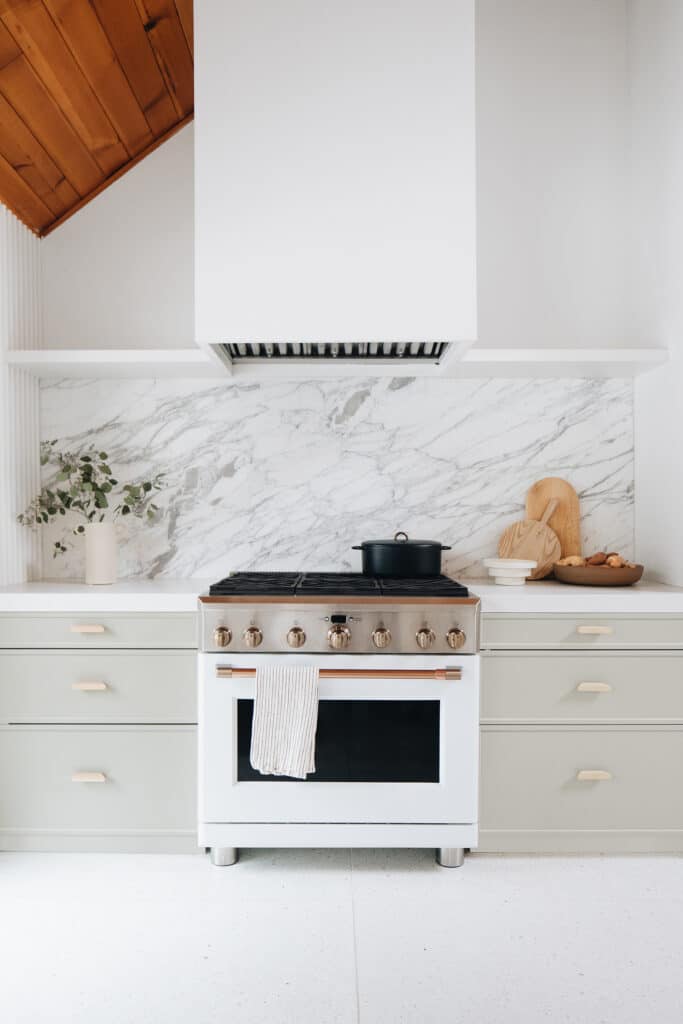
Photography by Stoffer Photography Interiors, design by Sarah Sherman Samuel





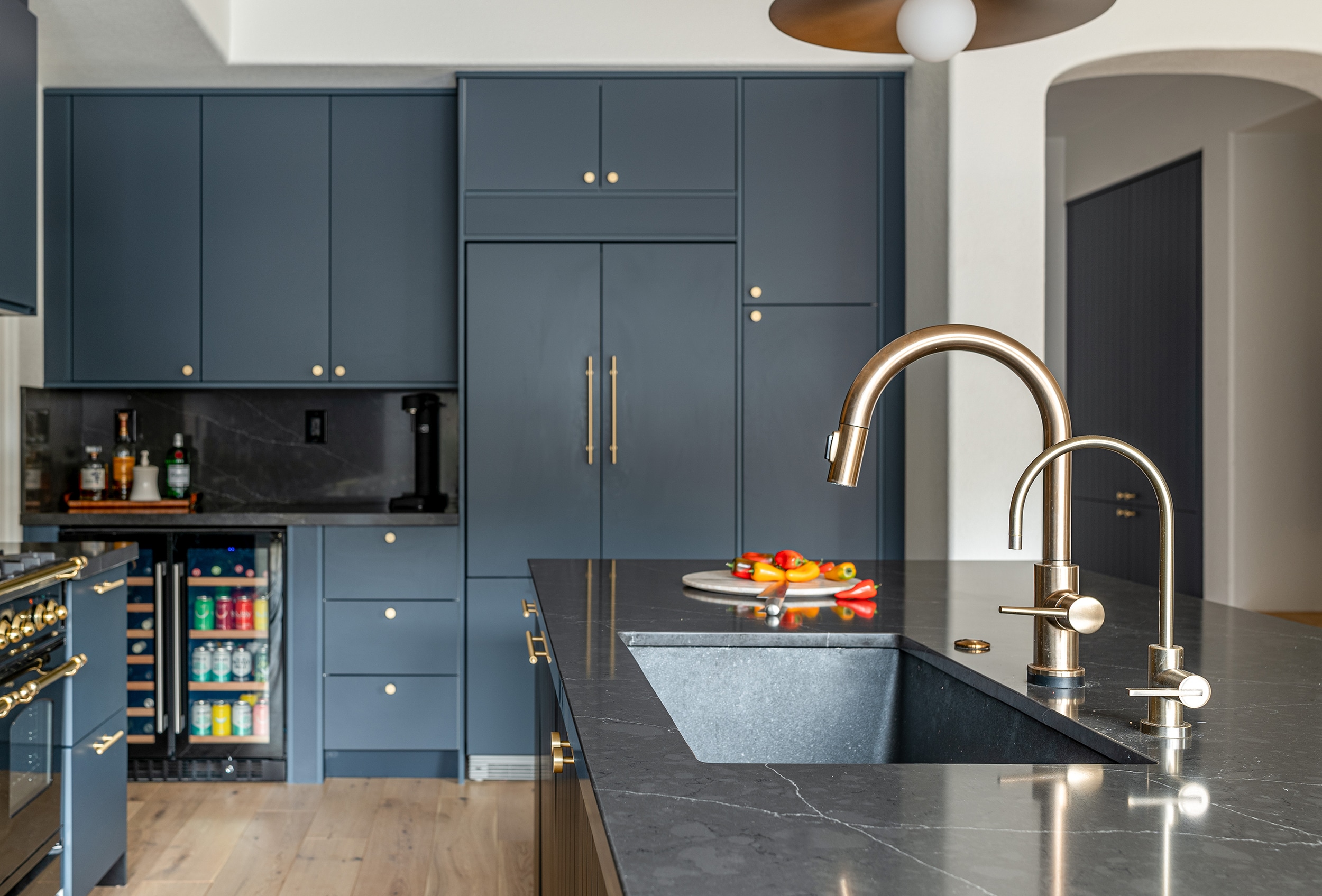
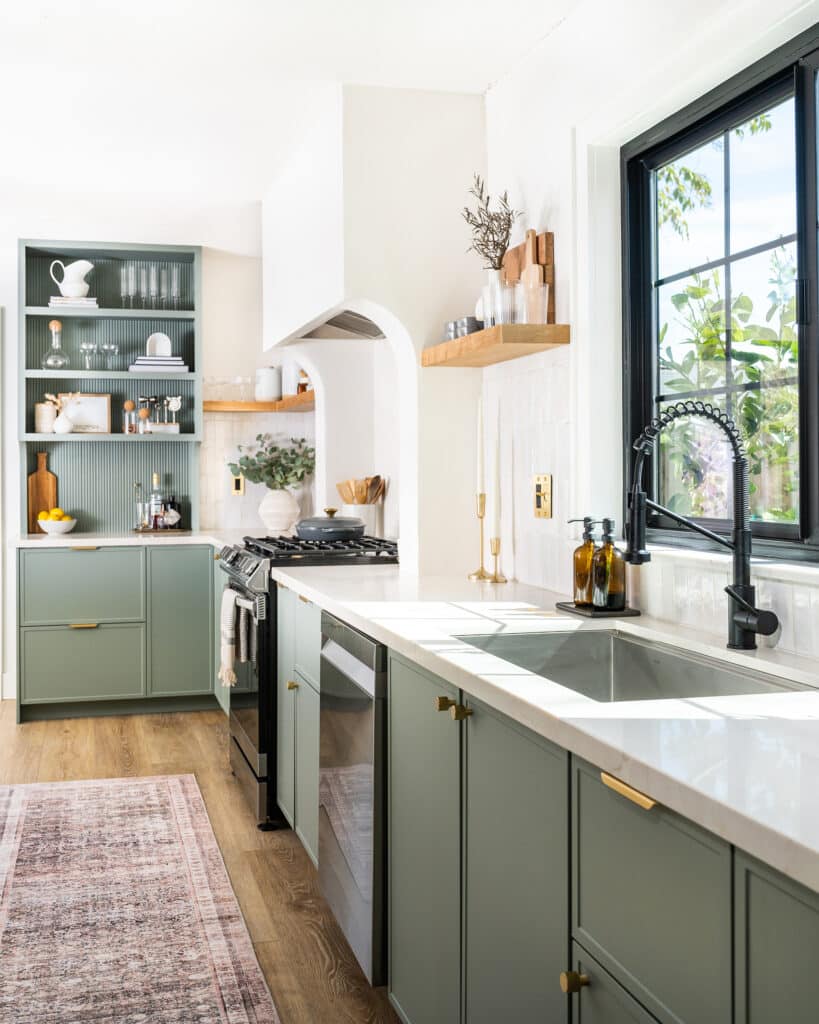
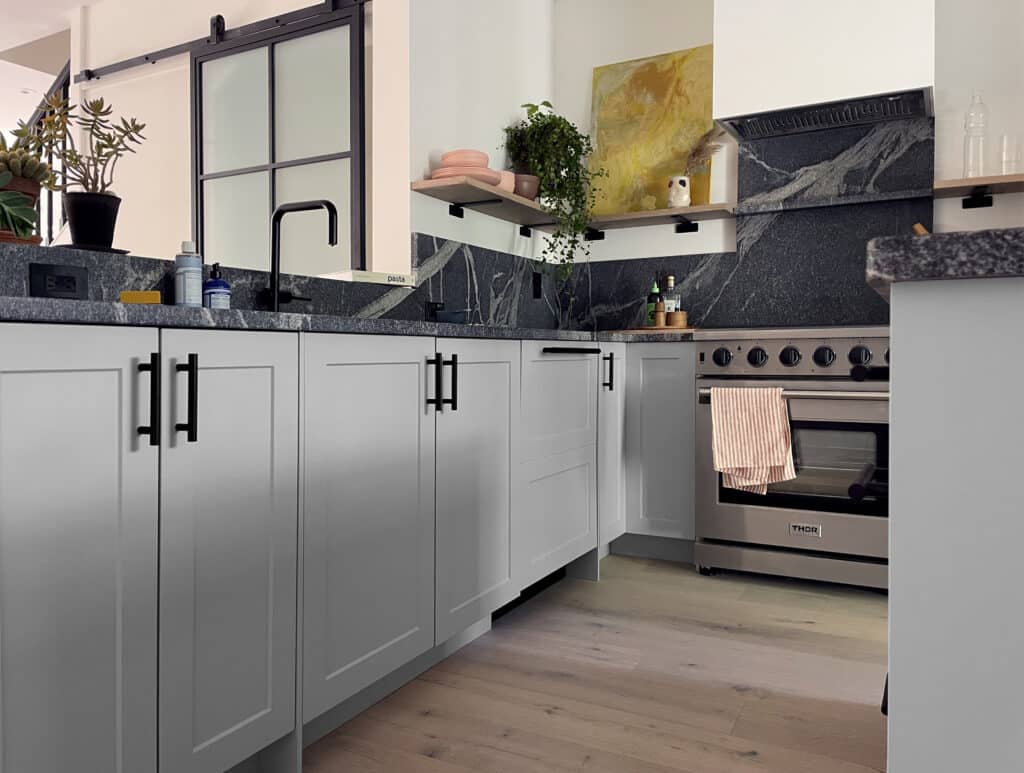
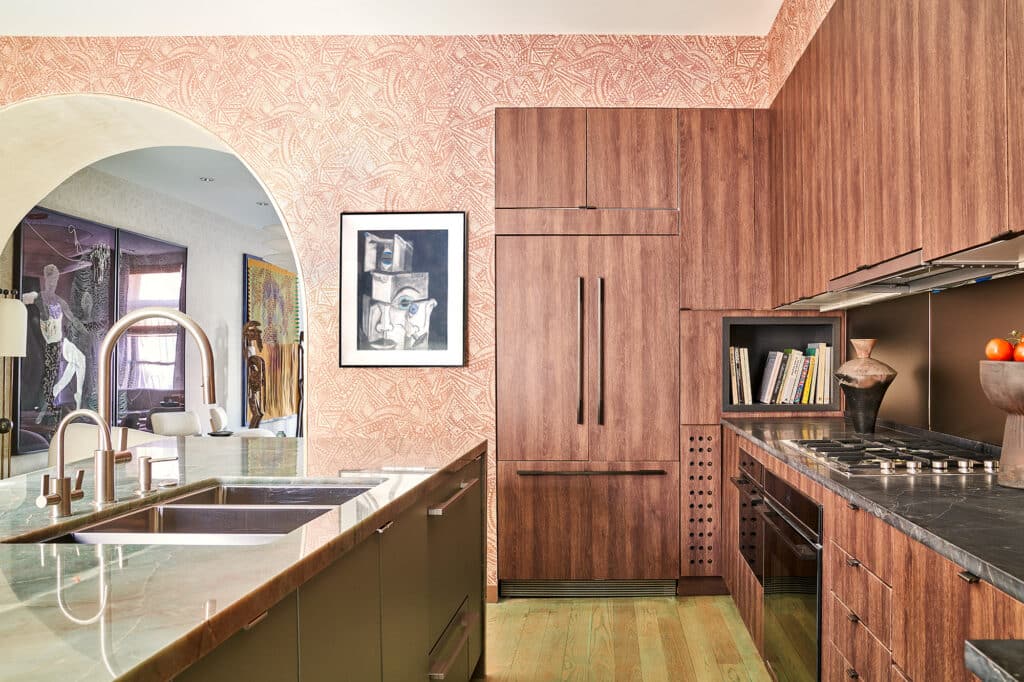
Comments (1)
Thanks for the reminder that the trim is also important to consider when getting a kitchen renovation. I plan to get my kitchen redesign soon because I want to have a larger pantry. That way, I could stock up on supplies and I wouldn’t need to go to the grocery so frequently.